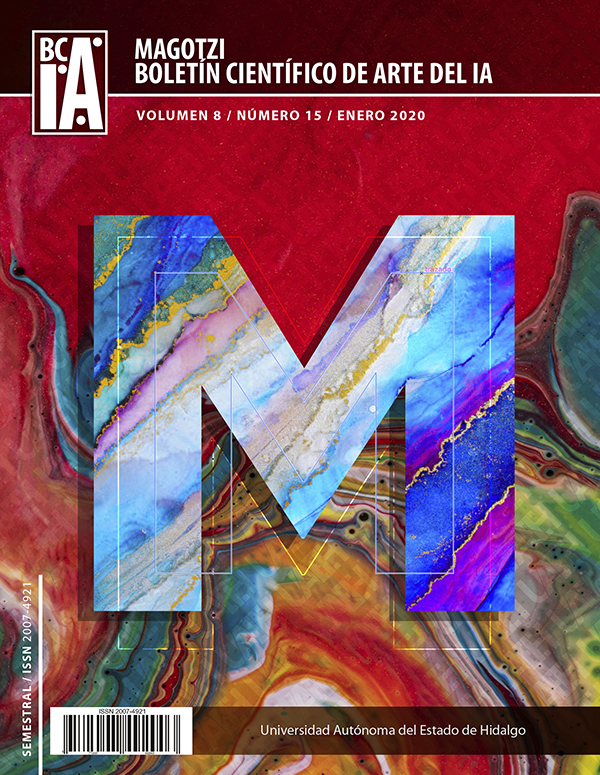Porfiriana Photography: Intentionality and the look in the magazine El Mundo Ilustrado
Abstract
During the Porfiriato the photographic image acquired great popularity and importance in society, it reflected the aspirations of the members of the ruling class formed by large landowners, large industrialists, merchants and bankers who sought to maintain their wealth and maintain their political and ideological control, by financing most publications. Although freedom of expression and printing had been guaranteed in the Constitution of 1857, the Gag Act of 1882 punished subversive and immoral journalists who intended to disrupt public order, incite disobedience of laws or damage moral and moral canons social behavior.
The Porfirista press legitimized the order and progress that sustained the government through a significant amount of graphic content, illustrations and photographs that showed progress and social stability. In the pages of the illustrated magazines, among which we can mention the illustrated world (1894 - 1914), the Mexican elite was reflected in written reports and in photographic images as faithful copies of reality, a photograph that as a mirror gave exact account of conservatism and social catholicism.
Rafel Reyes Spíndola, owner, director and editor of the Dominican weekly newspaper El mundo illustrated, 2 ... bought large print presses and began using both German linotypes and the halftone technique. (De la Torre, 1998, p. 348)
Downloads
References
Benítez, Fernando, en Historia de la Ciudad de México, Vol. 6, Ciudad de México, Salvat, p. 80. Citado por Hernández Márquez, Rosario y López rángel, Martha Angélica, Los banquetes del Centenario. El sueño gastronómico del Porfiriato, Ciudad de México, Rosa María Porrúa ediciones, p. 12.
Castillo Troncoso, A. (2005). La fotografía en México, 1890-1920. La diversidad de los usos de la imagen (pags. 59-79). En Garcia Krinsky, Emma Cecilia, coordinadora, Imaginarios y fotografía en México 1839-1970. Barcelona: Lunwerg editores/CONACULTA.
De la Torre Rendón Judith. (1998). Las imágenes fotográficas de la sociedad mexicana en la prensa gráfica del Porfiriato. En Historia Mexicana (343-373). México: El Colegio de Mexico.
Debroise, O. (1985). La producción fotográfica en México. 1839-1899. En La cultura en México - Suplemento de Siempre!, 27 de noviembre de 1985.
García Canclini N. (1978). Uso social y significación ideológica de la fotografía en mexico. En Meyer E., coordinadora, Imagen histórica de la fotografia en México. México: SEP/INHA/FNAS/MNH.
Gómez Tepexicuapan, (1994). Veinte fotógrafos del siglo XIX. México: INAH.
Matabuena Peláez, T. (1991). Algunos usos y conceptos de la fotografía durante el Porfiriato, México: Universidad Iberoamericana.
Ortiz Gaitán, J. (2004). Inicios de la fotografía en el discurso publicitario de la prensa ilustrada en Alquimia año 7, núm. 20, enero – abril 2004, México: CONACULTA - INHA.
s/a. (1904). “El periodismo moderno”, en El mundo ilustrado, Ciudad de México, 3 de enero, año XI, tomo I, número 1.
s/a. (1894-1911). El mundo ilustrado, Ciudad de México: Compañía Editora Mexicana.
Saborit, A. (2003). El mundo ilustrado de Rafael Reyes Spíndola, Ciudad de México: Grupo Carso.
Thorstein, V. (2014). La teoría de la clase ociosa, Madrid, Alianza Editorial.
Villaseñor, E. (2011). Algunas reflexiones en torno a géneros fotográficos, México: Foro Iberoamericano de fotografía, Págs. 1-41.












